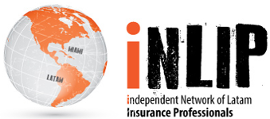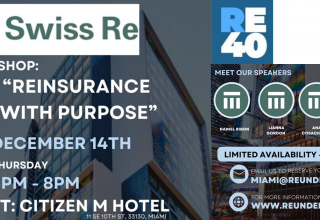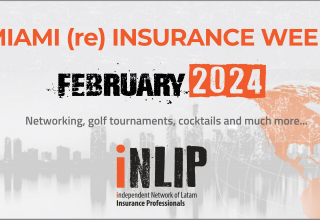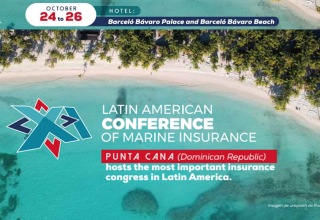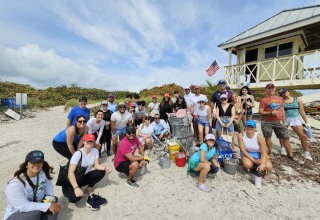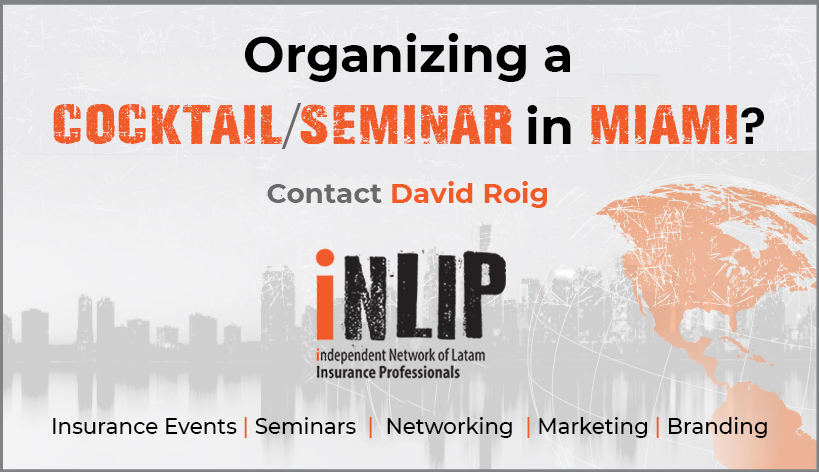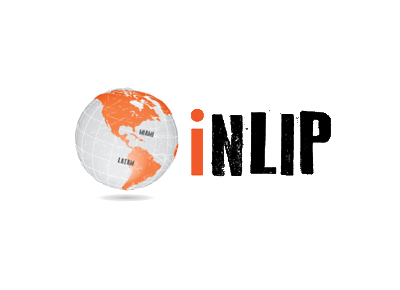
Consumer Psychology and Neuromarketing offer essential knowledge for the successful sale of insurance and the detailed analysis of consumer behaviour. The application of the neurosciences to marketing allows for the analysis of desires, needs, experiences, feelings, memories, attention, perception, recall and motivations of people in greater detail.
For the Latin American insurance market and the Miami insurance industry marketing usually means golf tournaments and cocktails. Very often there is not differentiation between “marketing” and networking. (See Insurance networking tips: Do these 5 emotionally intelligent things)
On the other hand, too often marketing is spoken of in negative terms and as a synonym of deceptive advertising, a highly biased concept that is far-removed from reality and from all of the fields that marketing encompasses. It is an essential tool to get to know the market needs (research, analysis, strategy) and then satisfy them, thus creating successful products and an increase in sales.
A huge source of knowledge to analyse consumer behaviour in the markets is provided by psychology, and more specifically, neuropsychology and neuromarketing.
Neuropsychology studies the relationship between the brain and behaviour. Neuromarketing is the application of the neroscientific methods for understanding human behaviour in the markets. Thanks to the measurement of biometric parameters such as brainwaves, skin changes, pulsations, pupil dilation, eye tracking, etc., it is possible to understand aspects of human conduct in greater detail.
Psychology and neuromarketing allow for the more detailed analysis of peoples’ desires, needs, experiences, memories, attention, perception, memory and motivations.
Richard Silberstein, CEO of Neuro-Insight, states that “the effectiveness of advertising is directly related to the long-term memory level at the moment in which the key brand message is transmitted”. Recall of the objects declines when people move from one place to another (“locating updating effect”), a datum to bear in mind when it comes to point of sale and packaging design. According to Radvansky and Copeland (2006 and 2010), the architecture of the atmosphere interacts with the architecture of cognition and information retention on a mental map.
Eye tracking, an effective tool
Neuromarketing makes use of a number of tools to obtain information. For instance, the eye tracking technique allows us to analyse consumer behaviour at the point of sale or to improve the graphic design of an ad.
This method tracks the movement of the eyeball. Analysis of the eye movements is a type of biometric measurement that is of great help in understanding unconscious consumer acts.
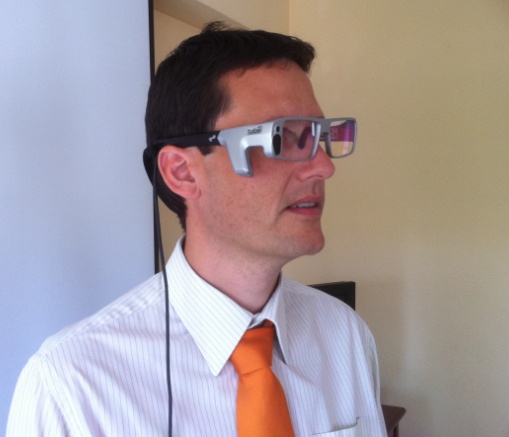
The technology used to carry out this eye analysis relies on high-speed cameras with a view to tracing eyeball movement, pupil dilation and consumer blinking, among other factors. The glasses used at the point of sale have evolved enormously in recent years (as have the devices for office and laboratory studies) and they are designed in such a non-invasive way that some subjects even go to the bathroom or blow their nose while participating in a study at the point of sale, forgetting that they are taking part in a research project.
The information gathered allows for the visual journeys of the participants to be traced and for the creation of heat maps indicating the “hot” spots of the image, that is, where the eyes rested for longest. They may also indicate the routes followed and the order in which the design elements are examined.
The study of the human eye shows how each colour has a different refraction. For instance, blue and violet affect the front part of the eye, while red and yellow affect the back part.
The exact location of the focal point varies between people and cultures, determining the relaxing and exciting colours. For example, young Chinese buyers perceive the colour blue to be relaxing and red to be exciting. However, young Australian consumers perceive just the opposite: they find blue exciting and red relaxing.
Should we always use the same colours in our communication tools regardless of the destination country? And the age of our target?
As we get older, our perception of colour changes, movements slow down, our hearing becomes less acute and our sense of smell deteriorates.
Depending on their target, brands need to adapt the colour palette they use in their product, packaging, ads and the entire consumer experience.
Marketing strategy and sensory branding
When designing elements of your insurance related marketing strategy (for instance, a logo, a banner, cocktail or seminar advertisement, etc.) answer before the following questions:
- How clear is the image? Pay attention to some Latin American Insurance events packed of sponsors and logos.
- How distinct is the image? Pay attention to many loss adjusters using similar names and logos.
- Do clients perceive the image of your brand consistently?
- Is the image a memorable one for the insurance market?
I strongly recommend you to move toward a multisensory branding model. Did you know that scents evoke images, sensations, memories and associations? When you visit all your offices in Latin America, London, Span, Germany… do they have the same smell?
I am talking about a professional designed scent for business that transmits exactly what your brand want to transmit. (Think about the worldwide smell of Singapore airlines or abercrombie shops)
If after this article you think that sensory banding and scent marketing means that all your worldwide co-workers must use the same fragance (I promise it happened to me) it means that you are not paying attention to this:
“It is estimated that over 35% of fortune 500 companies have already adopted the concept of sensory branding. And more are following rapidly” (Millward Brown).
In short, consumer Psychology and neuromarketing enable us to analyse and understand consumer behaviour (on a physiological, neurological, emotional, etc., level) with a view to adapting services and communications to said behaviour, thus improving the consumer experience.
David Roig, Managing Director at iNLIP, independent Network of Latam Insurance Professionals. Bachelor Pshycology and Consumer Behaviour and International Marketing.
